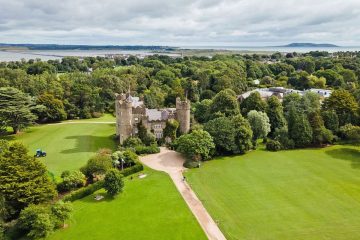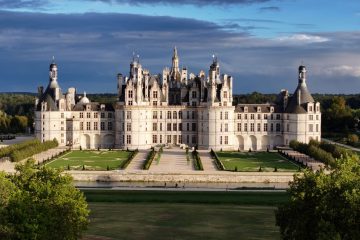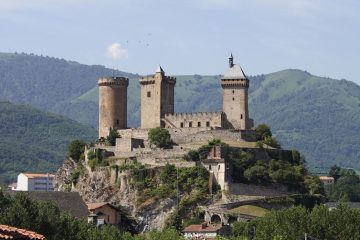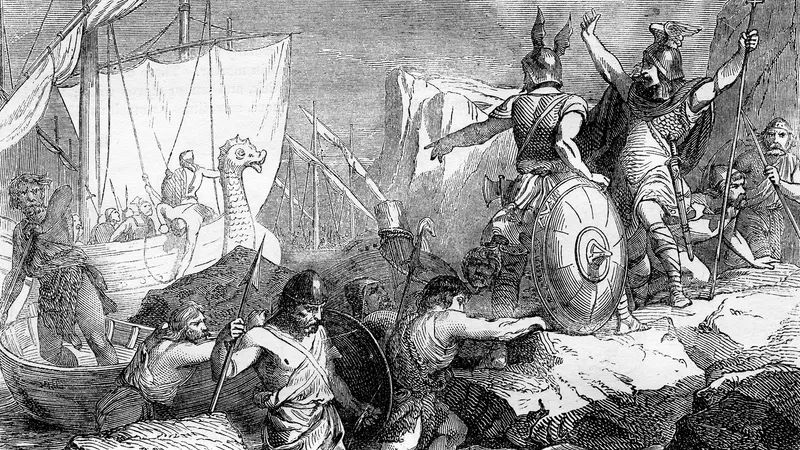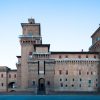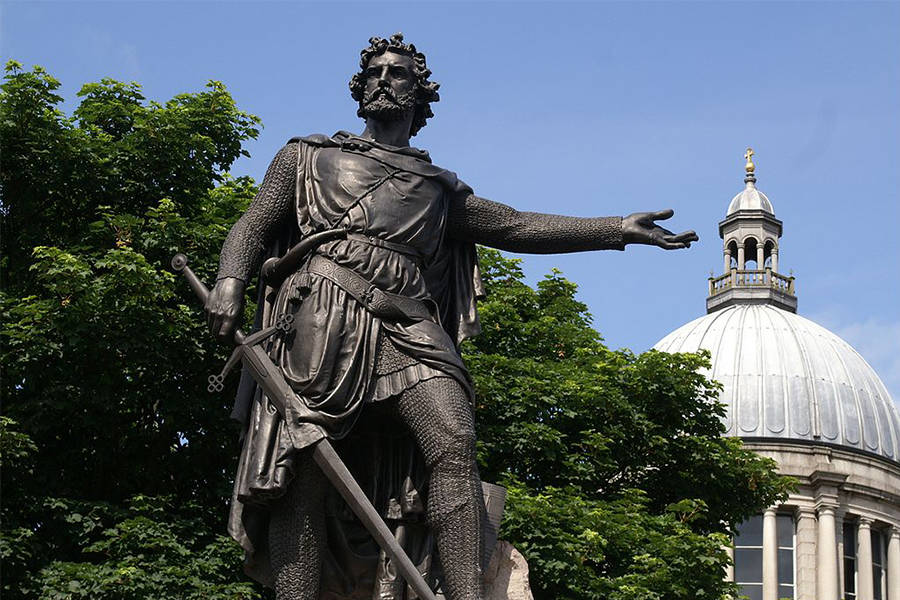
William Wallace: Exploring his castle connections
The castles of Europe are renowned for their historical significance and architectural splendor. They stand as enduring symbols of the continent’s rich and tumultuous past. Among the many historical figures associated with these majestic structures, William Wallace, a Scottish knight and national hero, holds a prominent place. This blog will explore the castles connected to William Wallace, shedding light on their historical importance and the enduring legacy of this legendary figure.
The historical context of William Wallace
William Wallace, a key figure in the First War of Scottish Independence, is celebrated for his unwavering dedication to Scotland’s freedom. Born in the late 13th century, Wallace led a resistance against English occupation, inspiring countless others with his bravery and strategic acumen. While Wallace’s exploits are often associated with battlefields, several castles across Scotland played crucial roles in his campaign and life.
Stirling Castle: The site of Wallace’s triumph
Stirling Castle, one of Scotland’s most significant fortresses, is intimately linked with William Wallace. The Battle of Stirling Bridge in 1297 marked a turning point in the Scottish struggle for independence. Under Wallace’s leadership, the Scots achieved a decisive victory against a superior English force. This triumph was not merely a military success but also a powerful symbol of Scottish resilience and determination.
The castle itself, perched on a volcanic rock, offers stunning views of the surrounding landscape. Its strategic location made it a key stronghold in medieval Scotland. Visitors to Stirling Castle can explore the Great Hall, the Royal Palace, and the Chapel Royal, all of which have witnessed centuries of history. The site serves as a reminder of Wallace’s legacy and the enduring spirit of the Scottish people.
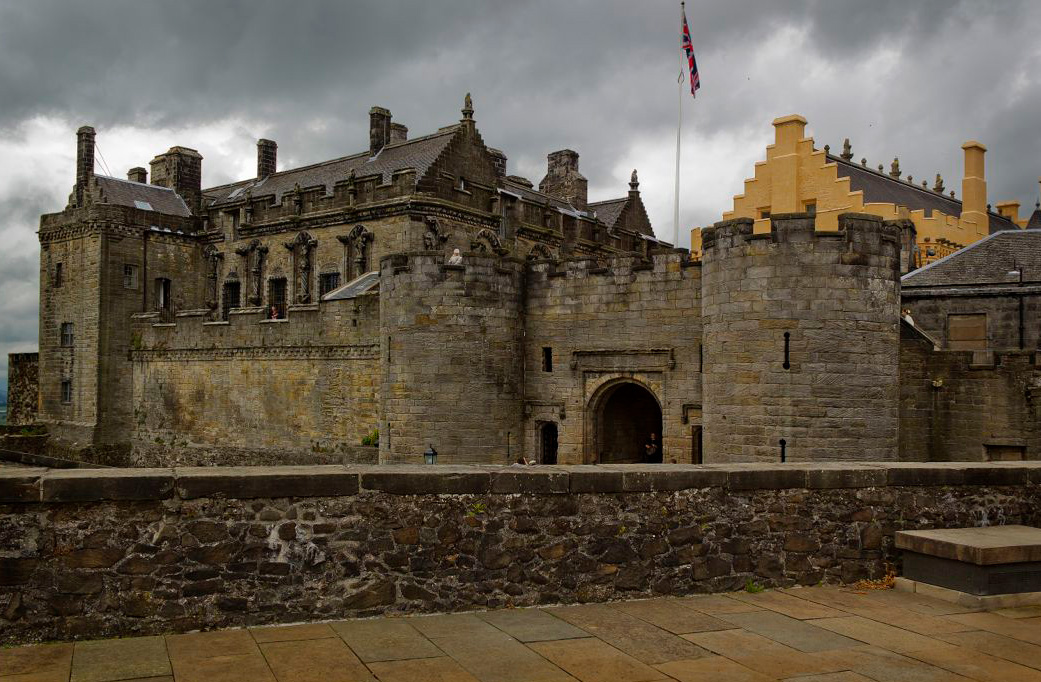
Edinburgh Castle: A fortress of historical significance
Edinburgh Castle, another iconic Scottish stronghold, has connections to William Wallace. Although not directly associated with his battles, the castle played a vital role in the broader context of the Wars of Scottish Independence. Following Wallace’s victory at Stirling Bridge, Edinburgh Castle became a focal point in the ongoing conflict between Scotland and England.
The castle, situated atop Castle Rock, has been a royal residence, military stronghold, and symbol of Scottish heritage for centuries. Its formidable defenses and strategic importance made it a coveted prize for both Scottish and English forces. Furthermore, today, Edinburgh Castle houses the Crown Jewels of Scotland and the Stone of Destiny, further cementing its status as a symbol of national pride.

Lanark Castle: The site of Wallace’s early rebellion
Lanark Castle, though now in ruins, holds a significant place in the story of William Wallace. It was here, in 1297, that Wallace first rose to prominence by killing the English sheriff, William de Heselrig, in a daring act of defiance. This bold move marked the beginning of Wallace’s campaign against English rule and set the stage for his later successes.
While the castle itself no longer stands, the town of Lanark commemorates Wallace’s legacy with statues and monuments. Visitors can explore the remains of the ancient structure and imagine the events that unfolded there over seven centuries ago. The story of Lanark Castle serves as a testament to Wallace’s courage and the enduring struggle for Scottish independence.
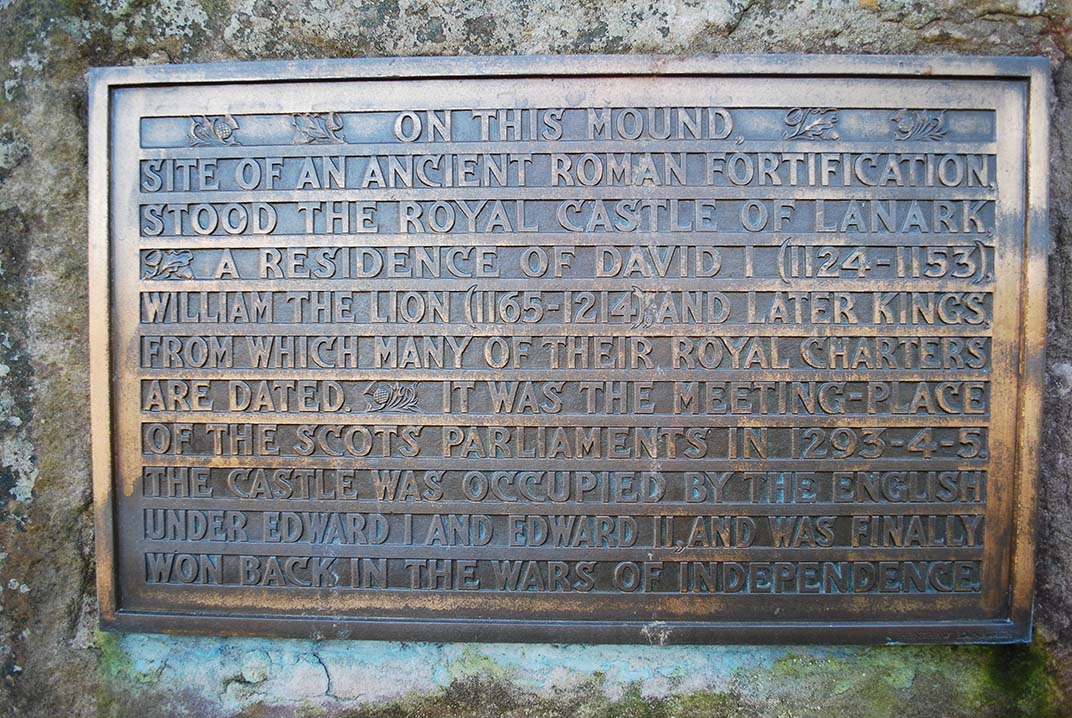
Rothesay Castle: A refuge for Wallace’s allies
Rothesay Castle, located on the Isle of Bute, played a role in the turbulent times of William Wallace. While not directly linked to Wallace himself, the castle served as a refuge for his allies and supporters during the Wars of Scottish Independence. Its strategic location and formidable defenses made it an ideal stronghold for those fighting against English domination.
Today, Rothesay Castle stands as a picturesque ruin, offering visitors a glimpse into Scotland’s medieval past. The castle’s circular design and imposing walls reflect the architectural innovations of the time. As you explore the site, the connections to Wallace’s era become apparent, highlighting the interconnected nature of Scotland’s historical landscape.
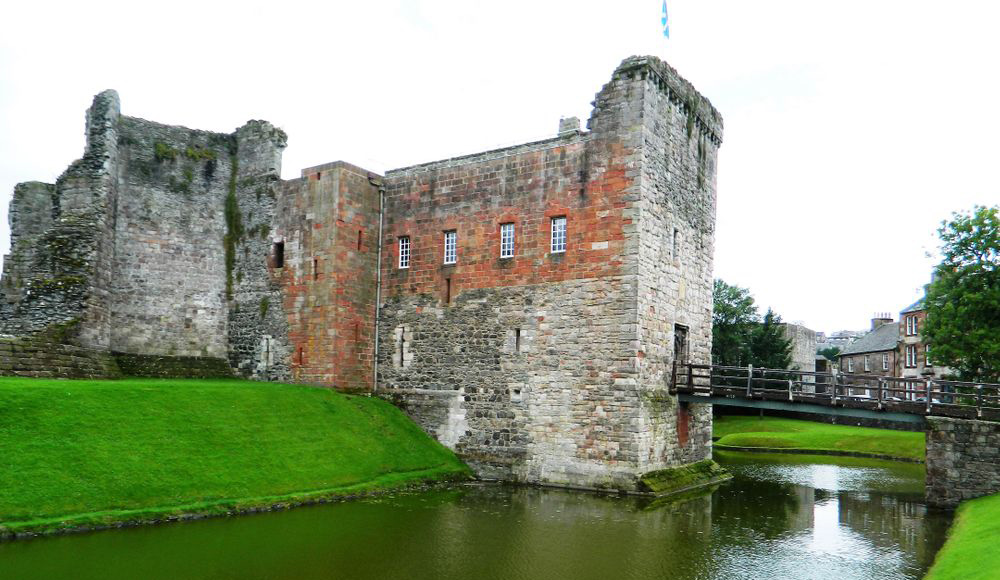
William Wallace his enduring legacy
The castles associated with William Wallace provide a tangible link to Scotland’s storied past. Each fortress tells a part of the larger narrative of the country’s struggle for independence and the indomitable spirit of its people. Wallace’s legacy, immortalized in these stone structures, continues to inspire and captivate visitors from around the world.
As you explore these castles, the importance of preserving and understanding this heritage becomes clear. Additionally, the story of William Wallace and the castles connected to his life serve as powerful reminders of the enduring quest for freedom and justice. Moreover, by visiting these historic sites, one gains a deeper appreciation for the sacrifices made and the resilience demonstrated by those who fought for Scotland’s independence.
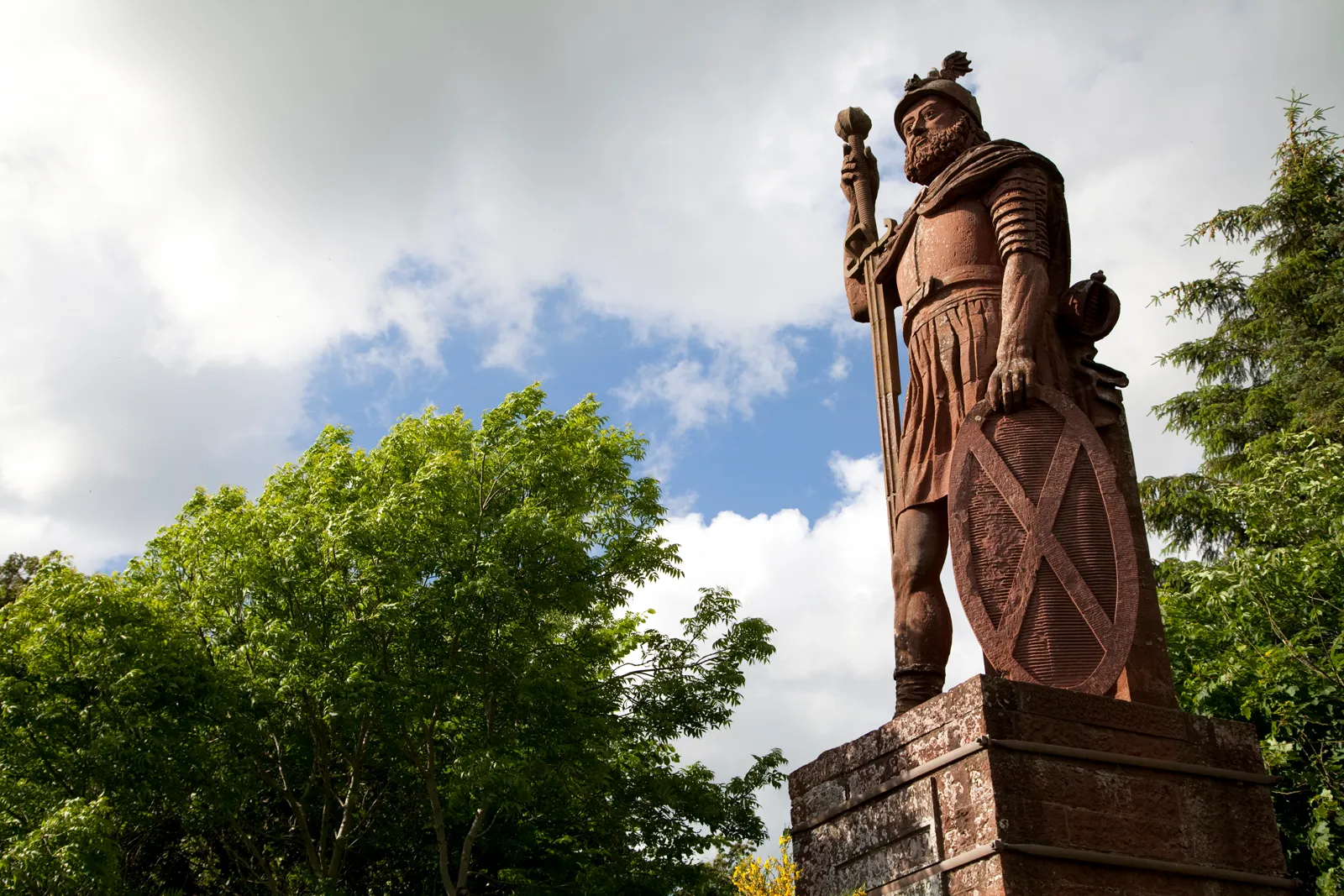
Closing remarks about William Wallace
The castles of Europe, with their rich histories and architectural grandeur, offer a window into the past. Furthermore, the legacy of William Wallace, intertwined with these fortresses, provides a compelling narrative of courage, resistance, and national pride. By exploring the castles associated with Wallace, you embark on a journey through time. Consequently, you discover the profound impact of this legendary figure on Scotland’s history. Stand atop the battlements of Stirling Castle or wander the ruins of Lanark Castle. The spirit of William Wallace and the significance of his legacy can be felt. Ultimately, this reminds us all of the enduring power of history and heritage.

